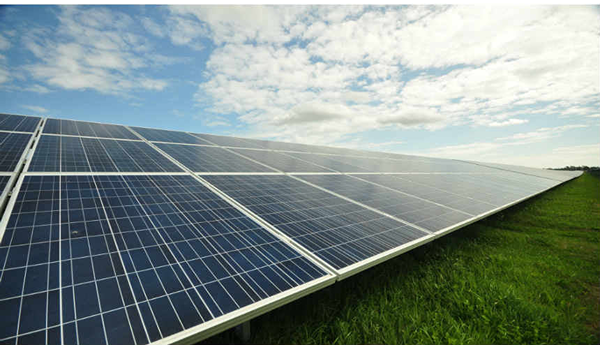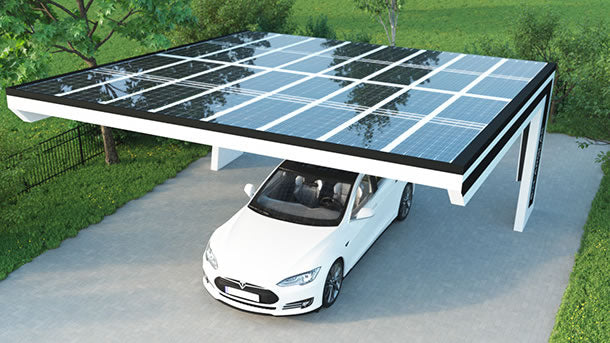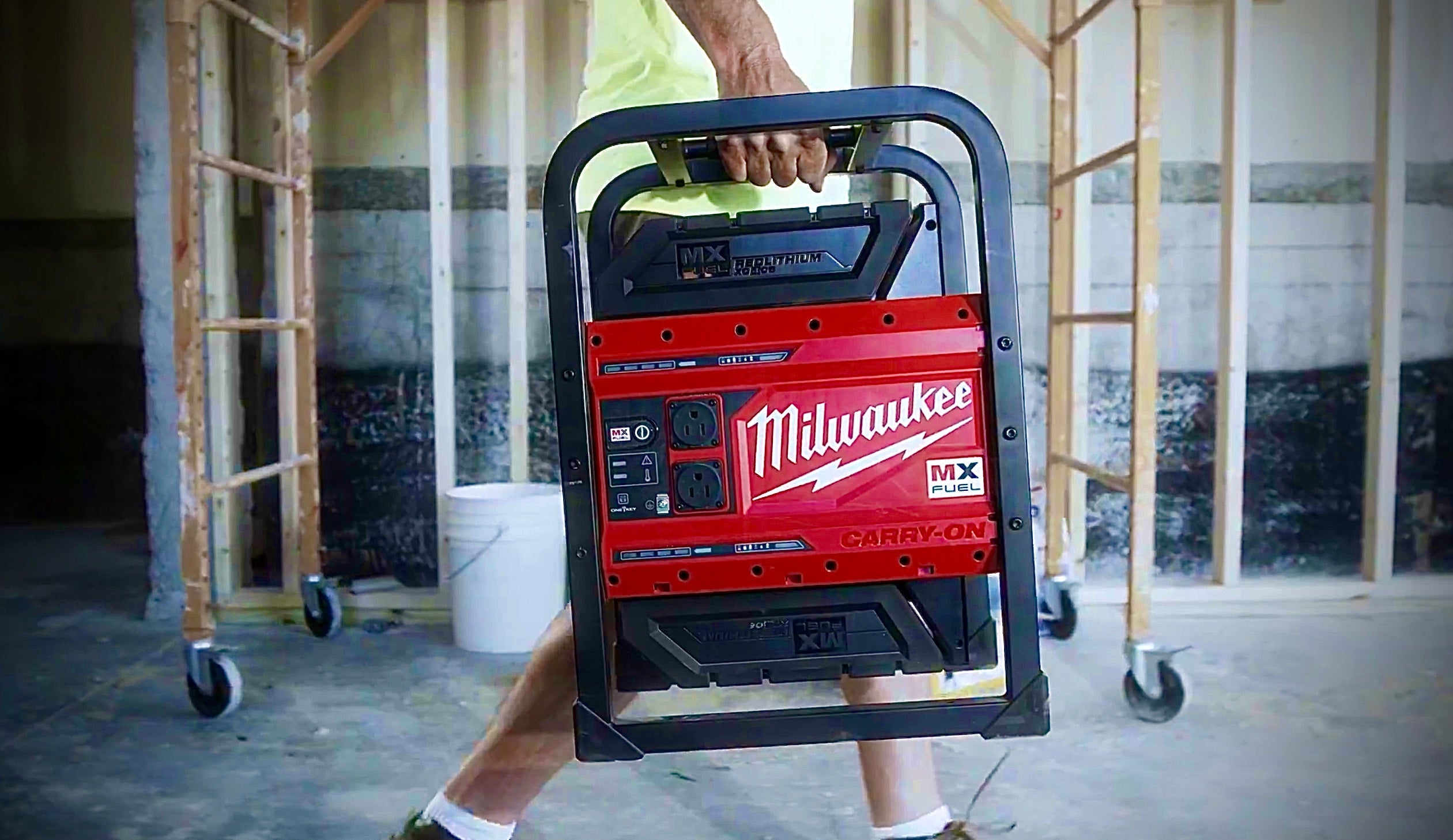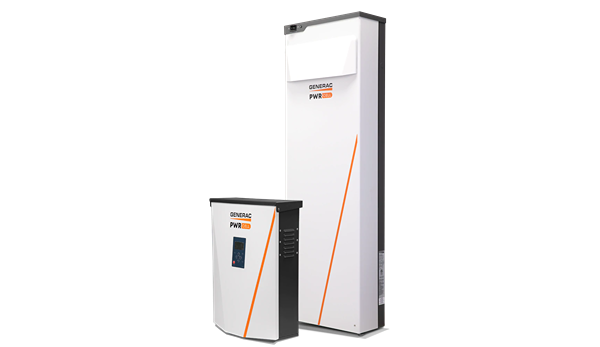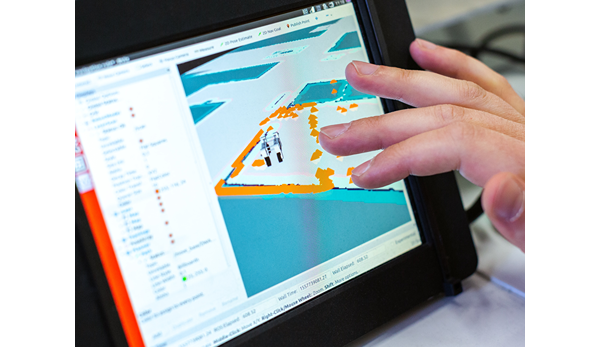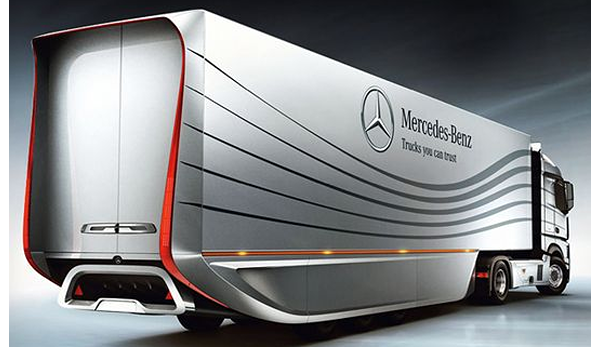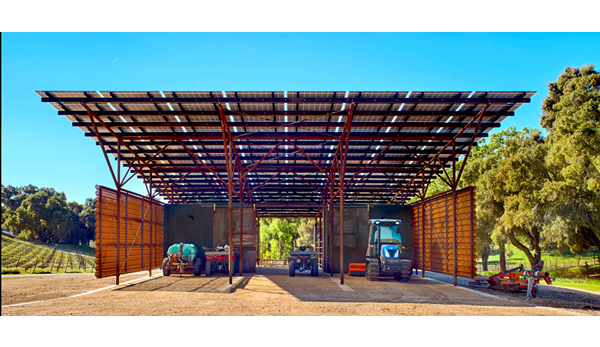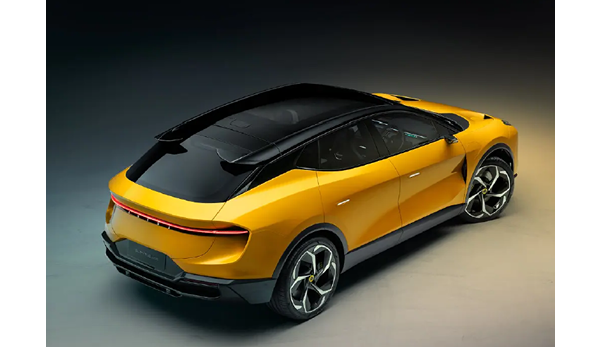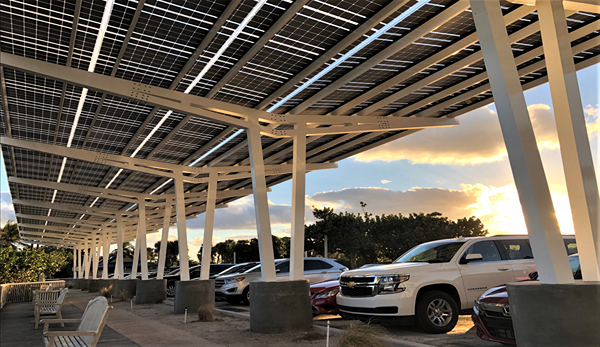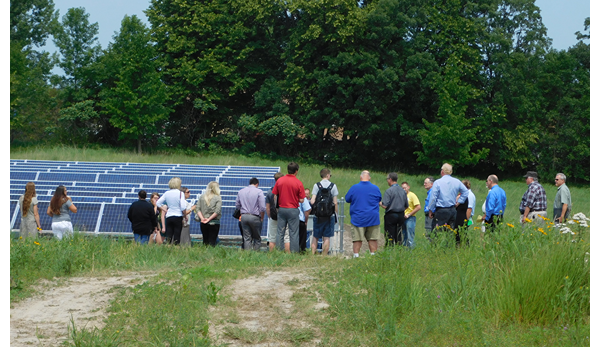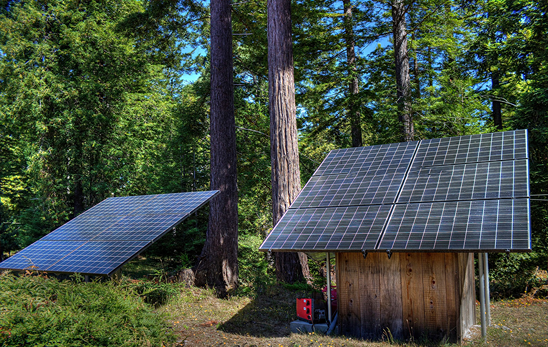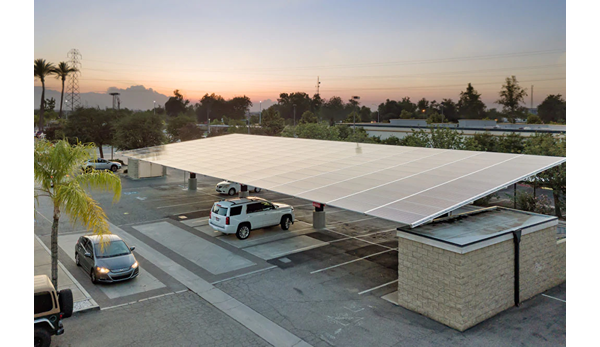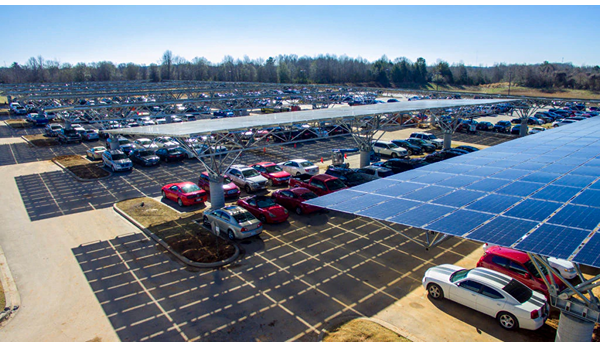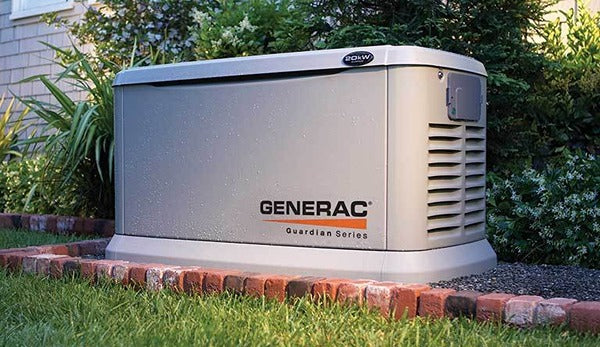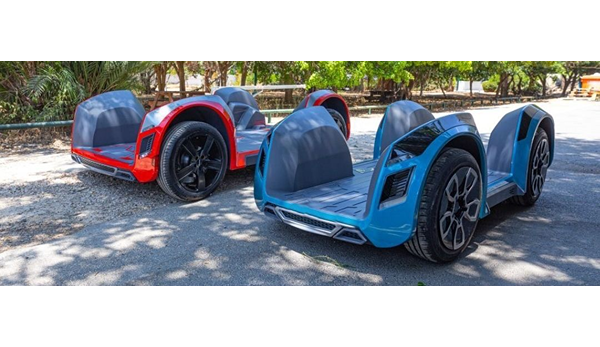
EV Battery Basics Explained - kW, kWh and Charging Speed
EV Battery Basics –
All you need to know about kW, kWh, and
Charging Speed
If you’ve made, or are thinking about making, the shift to an electric car you’ll have to get up to speed on the new terminology that comes with it.
While EVs aren’t that different from internal combustion engine vehicles in practice: the fact that they are powered by electricity throws up a lot of new things to learn when it comes to “filling up” or “charging up”.
Let’s look at some common terminology you’ll see when reading about electric vehicles, charging, and batteries.
kW Are Different from kWh
Modern lithium-ion-based electric car batteries aren’t too different from standard appliance batteries, they’re just much, much bigger.
EV Battery size is measured in kWh, or Kilowatt Hours.
What is that?
A Kilowatt Hour is the amount of energy used by an appliance that is run for one hour.
It is NOT the amount of kilowatts used in one hour.
A kilowatt is a measure of instantaneous power.
Appliances like televisions, computers, and electric cars all have kilowatt ratings. This rating is a measure of how much power they need to be supplied continuously in order for them to run.
An electric motor might be rated at 200 kilowatts (kW) at peak power output. Running that motor for 30 minutes would use 100 kWh of energy — 200 kilowatts x 0.5 hour or 100 kWh.
Bigger is better - in some ways
An EV with a bigger battery and a large kWh rating will be able to travel farther on one charge than an EV with a smaller battery.
An EV battery with a large kWh rating will power the car for a longer period of time.
A Nissan Leaf has a range of under 200 miles.
They come in 40 kWh and 60 kWh models.
The Tesla Model 3 is capable of over 300 miles of range.
It comes with a 75 kWh battery pack.
Other factors like aerodynamics and motor efficiency contribute to an EV’s range.
Changing Chargers
The downside of large EV batteries is that they take longer to charge when powered from a standard 110V socket. However, EVs with larger batteries also support faster charging standards.
Depending on your vehicle, it may be able to “fast-charge” or “rapid-charge” by using direct current (DC) and a dedicated connector, like CHAdeMO or CCS.
Generally speaking there are three levels of EV charging rates grouped by their kW rating.
-
Standard Chargers are rated at between 3 kW and 6 kW. These are the most basic of chargers and are the kinds of power you get when plugging your car directly into a 110V wall socket.
-
Fast Chargers are rated at between 7 kW and 22 kW. This is the kind of power you get from a dedicated at-home EV wall box, or at destination chargers at shopping malls, and public car parks.
-
Rapid Chargers are rated at 50 kW and up. Some of these “ultra-rapid.” chargers, are capable of charging at over 100 kW. Tesla’s “Supercharger” an ultra-rapid charger.
As a general rule, the higher the kW, the faster it will charge your EV.
While slow chargers might take all night to fully charge an average sized EV battery, ultra-rapid chargers can do the job in under a couple of hours.
On a fast or rapid charger, most EVs can charge from zero to 80% in under one hour quite comfortably.
Knowing what we know about kW and kWh, we can easily figure out how long it’ll take to charge our EVs to certain levels when we know how powerful the charger is.
If you’re charging a 75 kWh EV from a 22 kW wall box and the car’s battery was completely flat, it would take about 3.5 hours to fully charge —
75 kWh divided by 22 kW equals 3.4 hours. As the battery reaches maximum capacity, its charge rate will slow down, so it’ll probably take about four hours.
Some general rules on how fast EV chargers work:
-
Standard Chargers will fully charge an average EV in between eight and 12 hours (depending on its battery size).
-
Fast Chargers can fully charge an EV in around four to eight hours.
-
Rapid Chargers can fully charge an electric car in under four hours, but their real value is being able to charge compatible EVs from zero to 80% in under one hour.
All things considered it pays to use the most powerful charger you can find. Most Fast Chargers use a standard Type 2 connector, while Rapid Chargers use CHAdeMO, CCS, or Tesla. Tesla uses a proprietary connector for its “Superchargers”.
All you really have to be aware of is finding a convenient charge point with the right connector for your vehicle. Once you’re plugged in and hit “Go”, the charger and your EV’s internal battery management system (BMS) will take over and ensure your car charges as fast and as safely as possible.
That said, it pays to know how charger ratings impact your EV’s battery so you know how much charge you’ll get after a 30-minute pit-stop.



